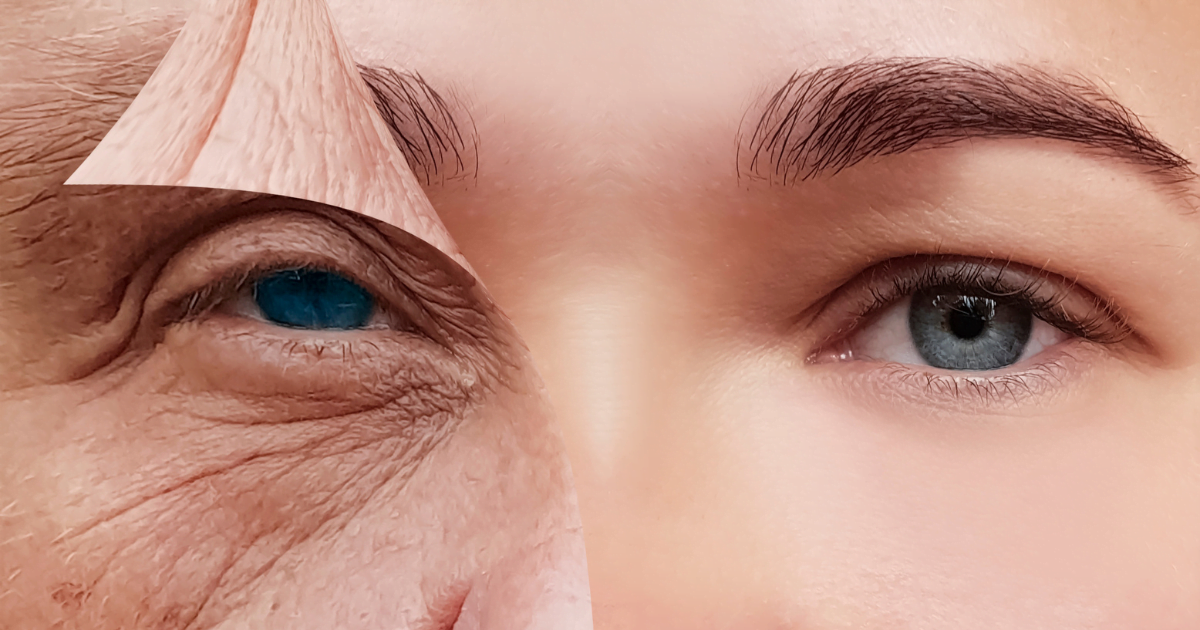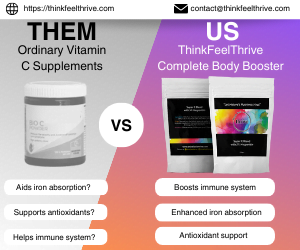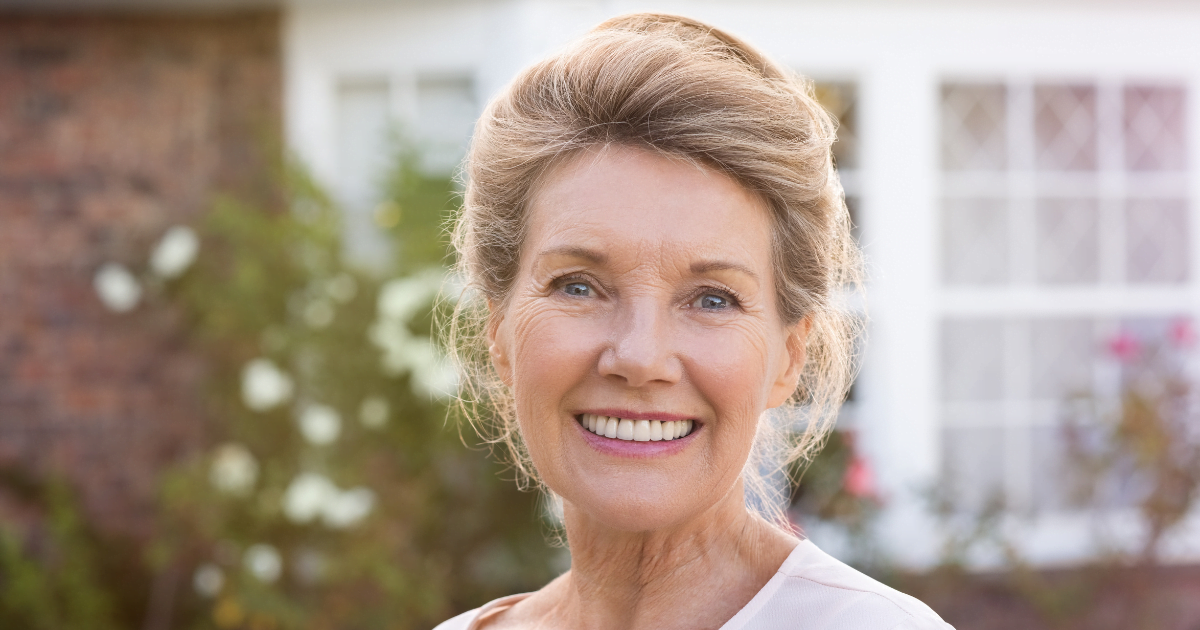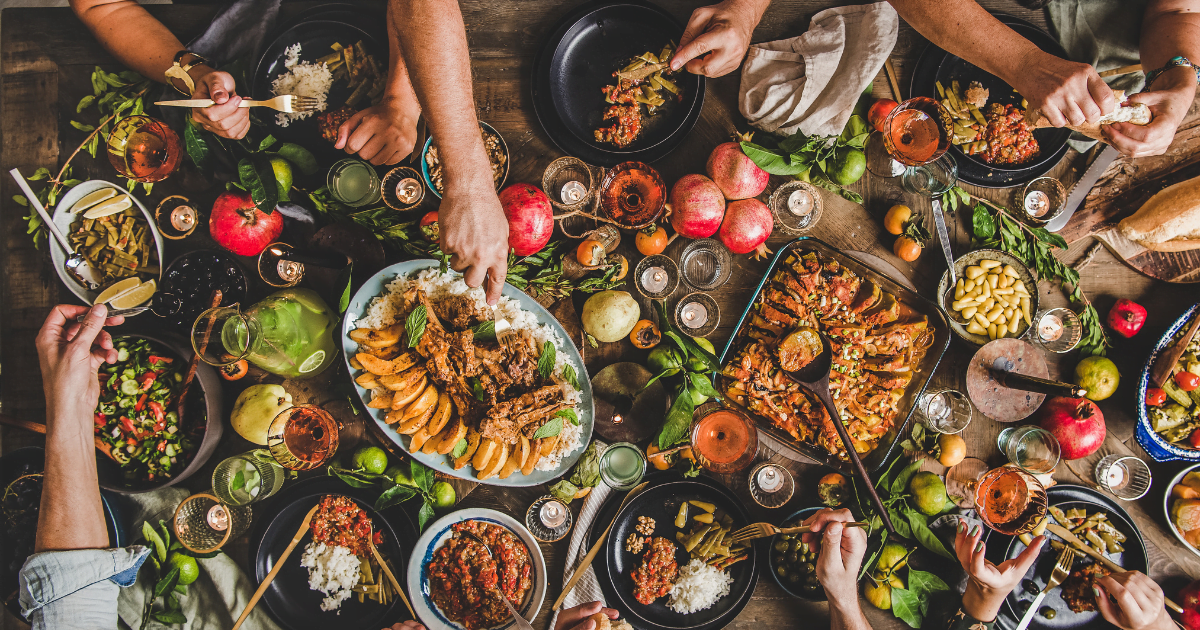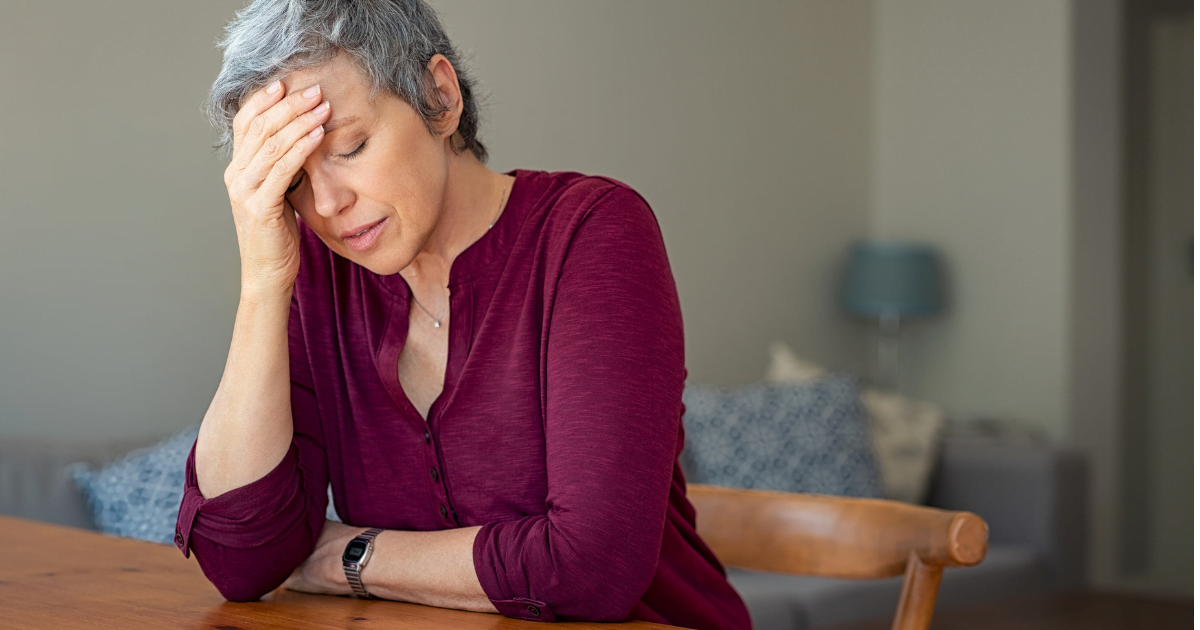How do you feel when you look at yourself in the mirror these days? Happy with what you see? Deflated? Scared? For me, it honestly depends on the day (and the amount of makeup I’m wearing, if I’m going to be honest), but for the most part, I’m okay with the changes in my ageing face. It’s not the main focus of my life, and I’m glad my face is not the source of my income. I don’t envy Hollywood actresses in the slightest. And this brings me to the point of my blog about the media, beauty and ageing courageously.
We’re being bombarded
Social, news and print media bombard us with images of perfect young women, with perfect skin and perfect bodies, 24/7. I don’t know about you, but I’m fed up with it, frankly. It’s unrealistic and damaging to both women and men, at any age. The Body Positivity movement is a concerted effort to push back on that but more needs to be done, especially when it comes to beauty and ageing courageously.
A LOT of us are fed up
AARP, (formerly the American Association of Retired Persons), is a US organisation that focuses on issues affecting those over the age of fifty, and In 2018 they launched a series of surveys, with Women’s Reflections on Beauty, Age and Media finding the following:
- “Overall, 89% of women say beauty and personal grooming are at least somewhat important to them (43% very important, 47% somewhat important).
- When it comes to the definition of beauty, the top three answers were kindness, morals/character/values and personality.
- The respondents’ top motivators for focusing on beauty were to feel clean, to take care of themselves and to be healthy, while secondary motivators were to appear attractive.
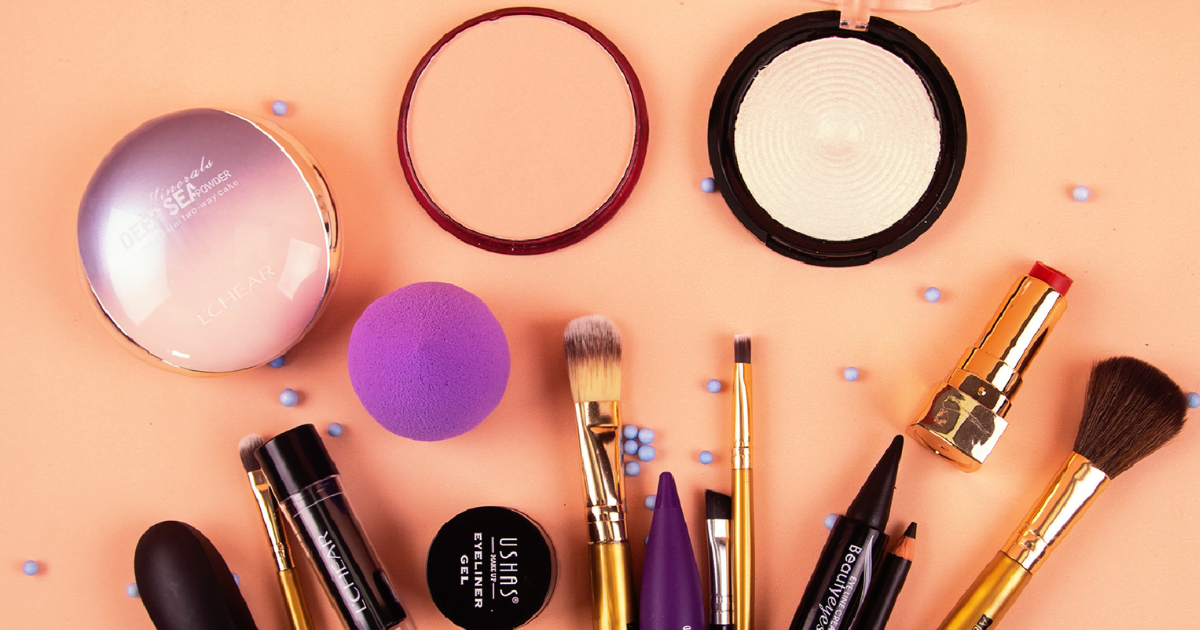
On average, women use six beauty and personal grooming products a day
- On average, women use six beauty and personal grooming products each day, devote at least 30 minutes per day to their beauty and personal grooming regimen and spend $40 per month on beauty and personal grooming products.
- Fifty-three percent of Boomer respondents (that’s 1955-1964 if you’ve been living under a rock for the past few years) said they feel ignored by the beauty and personal grooming industry.
- Seventy percent of women ages 40+ want to see more perimenopausal and menopausal beauty and personal grooming products.”
Other findings
The survey also found that a whopping 61 percent of women surveyed say they do not feel represented by images of women in the media.
Further, seven in ten women said their loyalty to brands can change—a finding that does not differ as women age. We can be swayed, ladies, and we’re voting with our wallets!
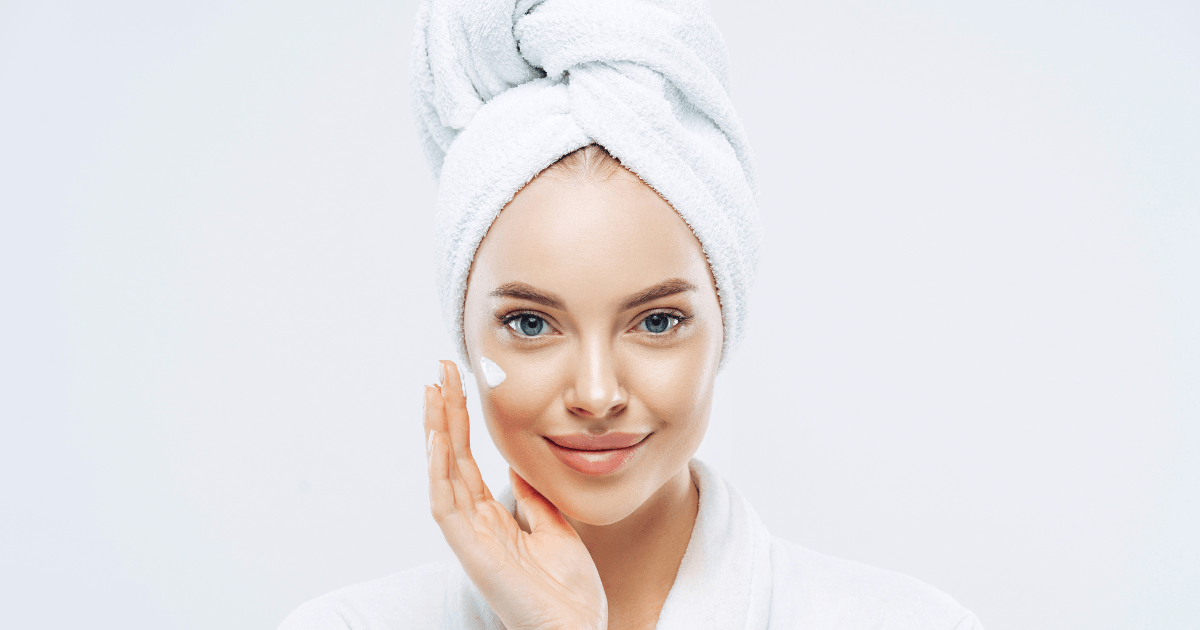
A whopping 61 person of women say they don’t feel represented by media images of women
Our younger women
It’s tough for us but spare a thought for our younger women. They’re feeling the pressure too, and they don’t have years and experience behind them. The statistics about what they’re feeling are truly sobering. According to the 2017 Dove Self-Esteem Project Survey, 54% of females ages 10–17 globally have low to medium body esteem. That’s over half of the girls in the world. Let that sink in.
Beauty standards and mental health conditions
Medical News Today, explains that “the pressure of societal beauty standards can lead to the exacerbation or development of various mental health conditions that include eating disorders, depression, anxiety, and social isolation.”
Armed with these statistics, it’s obvious that things need to change, and soon, and it starts with us, ladies!
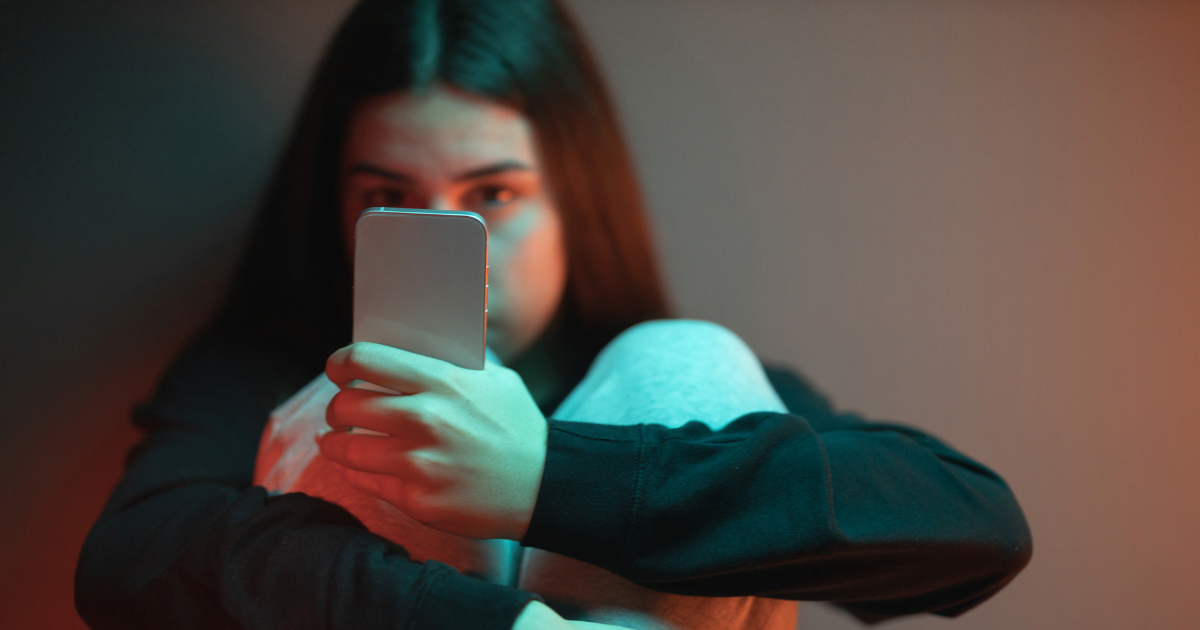
Over half of females aged 10-17 globally have low to medium body esteem
60 is the new 30?
I saw an Instagram reel recently where a middle-aged woman was dancing around, looking absolutely beautiful in a gorgeous ballgown, with the caption ’60 is the new 30.’ I used to say things like this without giving it much thought, but now realise that some questions need to be asked. Why can’t 60 be the new 60? Can’t we just own our age and the wisdom and life experience that comes with it? What type of message are we sending our younger women when we downplay our age?
A crucial first step
We need to understand – really understand – that we don’t have to, nor should we, accept mainstream media’s portrayal of ‘perfection’. Instead, we should be focussing on self-acceptance. When we realise just how often we’re exposed to unrealistic beauty standards, with edited images that don’t represent real life – that’s a crucial first step.
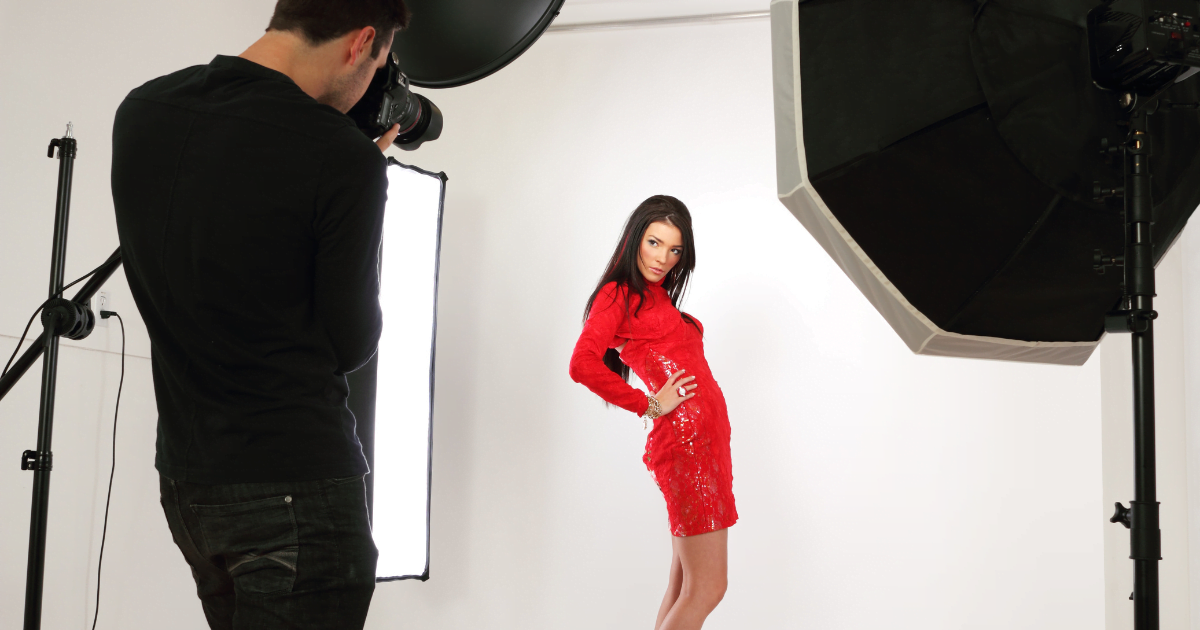
studio.
Caption: We don’t have to, nor should we, accept mainstream media’s portrayal of ‘perfection’
Other ways we can mitigate any self-doubt the bombardment of ‘perfection’ we’re shown can be through:
- Positive self-talk
- Supportive and diverse communities (cultural, age, or both),
- Curating a media diet that reflects REAL representation are also essential strategies.
- Follow body-positive influencers,
- Reading books that promote self-love, and
- Engaging with content that celebrates women of all shapes, sizes, and backgrounds
- Self-care, through mindfulness, exercise, or creative outlets
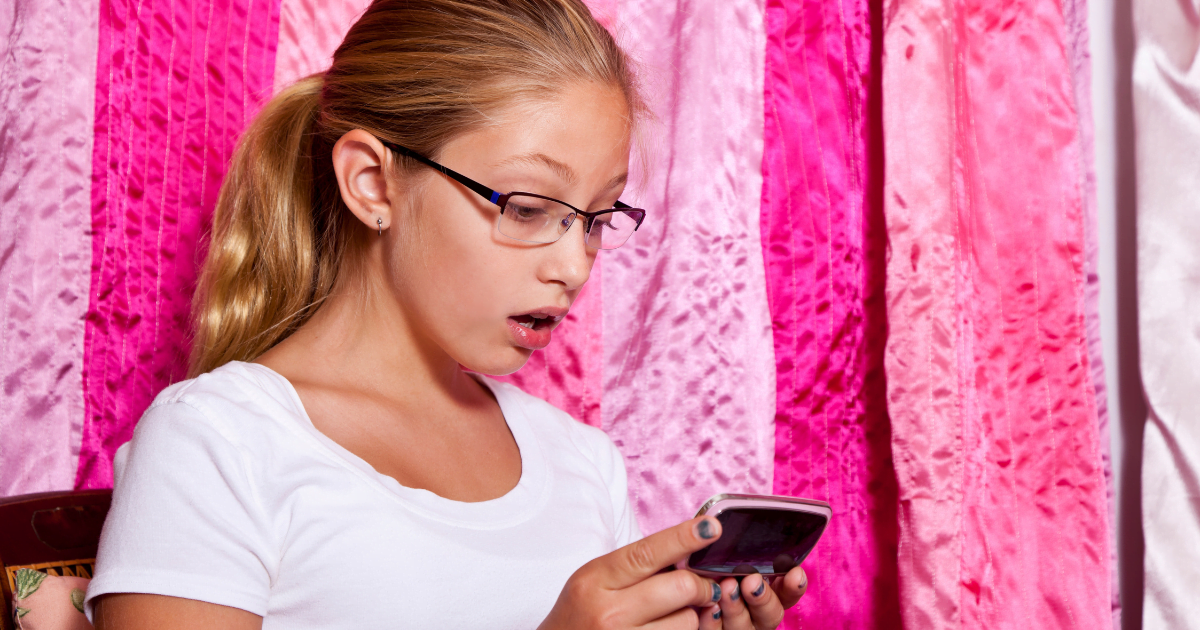
There are many ways we can help our younger generation overcome self-doubt about themselves
And our younger women?
When we’re sitting well in our own ageing minds and bodies, we’re in a much better place to mentor and model ageing courageously to our younger women. Ways that we can help them overcome self-doubt about can include:
- Open discussions about media literacy: Teach young women how to critically analyse media and recognise the use of airbrushing, filters, and unrealistic beauty standards in advertisements, social media, and entertainment.
- Emphasise inner qualities: Reinforce the importance of inner qualities such as kindness, intelligence, and confidence over their physical appearance. Help them understand that physical beauty is just one tiny aspect of who they are!
- Curate positive media influences: Encourage them to follow body-positive influencers, role models, and diverse representations of beauty on social media platforms.
- Promote self-acceptance: Support young women in embracing their natural beauty and differences, helping them to focus on what makes them unique rather than comparing themselves to media images.
- Model self-love and body positivity: As I mentioned above, you can set an example by practicing your own self-acceptance and positive self-talk. This shows young women how to appreciate themselves without relying on external validation.
- Encourage offline activities: There’s nothing wrong with a digital detox! Help them explore hobbies, interests, and passions outside of the digital space, which can boost their confidence and self-worth in areas that have absolutely zero to do with how they look.
- Educate on the realities of media manipulation: Explain how photo editing, filters, and makeup are used to create the illusion of perfection, helping them see these images as constructed, and not real.
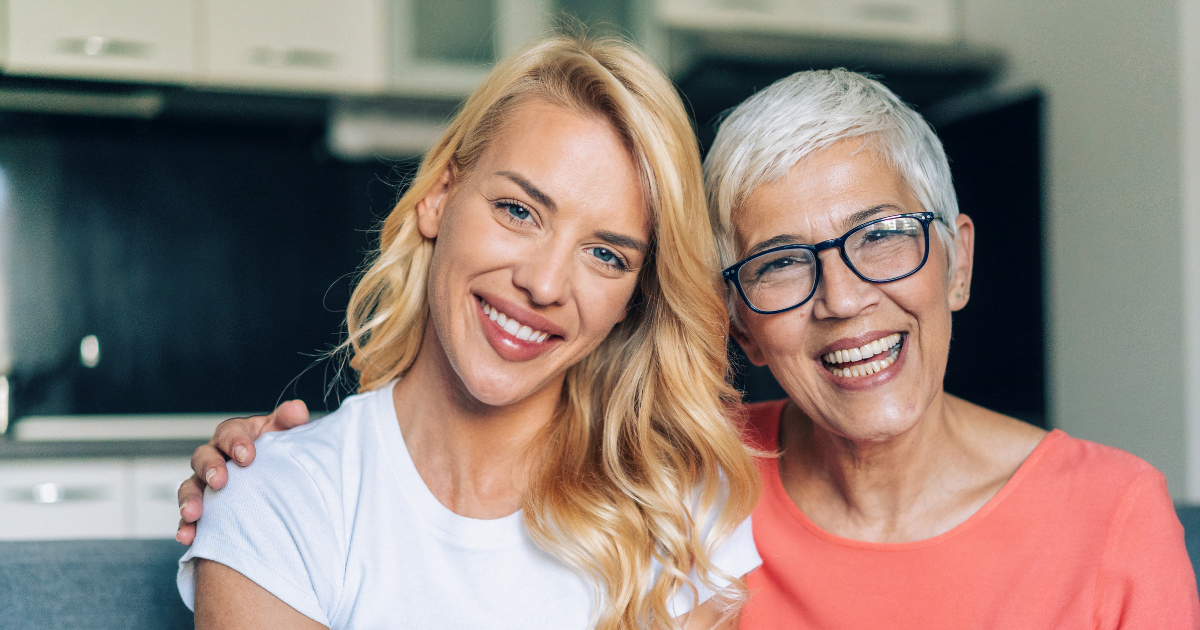
Changing our inner dialogue, and your child’s self-talk, is going to take time

